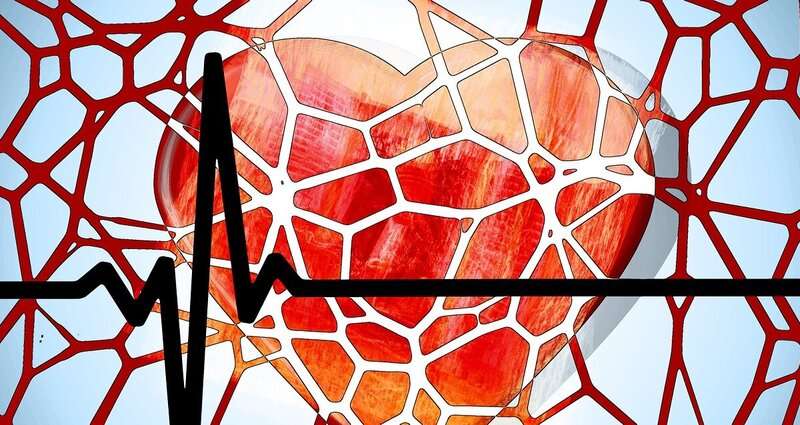
A small piece of genetic material could hold the key to diagnosing and treating high blood pressure earlier, according to new research by scientists at the University of Glasgow, who found that a small piece of genetic material could explain why arteries become increasingly stiff (which happens in high blood pressure) and why blood vessels age faster.
If found in patient blood samples, this molecule could give doctors an early warning of artery problems, and help people get treatment more quickly.
The researchers pinpointed a piece of genetic material called a micro-RNA—specifically one called miR-214—which makes white blood cells called T-cells move to the fatty tissue around arteries. Once in this tissue, the T-cells cause inflammation, causing the artery structure to become damaged and increasing their stiffness.
This work is the first to link a cascade of damaging events linked to blood pressure to higher levels of miR-214. Dr. Laura Denby, Kidney Research UK Senior Research Fellow and a collaborator in this study, had previously discovered that miR-214 caused kidney scarring, or fibrosis, following injury.
Professor Tomasz Guzik, Regius Chair of Physiology and Cardiovascular Pathobiology at the University’s Institute of Cardiovascular and Medical Sciences, said: ” In this study we used many in vivo, in vitro as well as translational human approaches to identify how small molecule of microRNA that is present in lymphocytes, white blood cells responsible for fighting infections, can direct these cell to blood vessels.
“This is responsible, at least in part, for the process of accelerated vascular aging characterised by stiffer vessels. We have shown this not only in disease models but also provided proof of concept in patients with hypertension. These studies provide important insights how hypertension may interact with inflammation.”
Dr. Aisling McMahon, Executive Director of Research, Innovation & Policy at Kidney Research UK, said, “Along with diabetes, high blood pressure is a significant cause of chronic kidney disease (CKD) and kidney failure.”
Source: Read Full Article